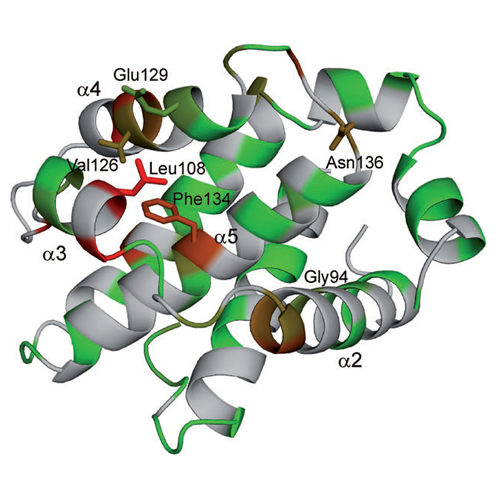Oral Disinfectants Inhibit Protein–Protein Interactions Mediated by the Anti-Apoptotic Protein Bcl-xL and Induce Apoptosis in Human Oral Tumor Cells
19-Mar-2013
Angewandte Chemie, 2013, DOI: 10.1002/anie.201208889, 52,1-6, published on 19.03.2013
Angewandte Chemie, online article
Angewandte Chemie, online article
Significant advances during the last decade in the field of small-molecule modulators of protein–protein interactions have raised general awareness of the fact that the modulation of protein–protein interactions has tremendous potential for both basic and applied science.[1] Some of the most advanced orthosteric inhibitors of protein–protein interactions[2–5] are currently in clinical trials. Here, we demonstrate that the bisbiguanide oral disinfectants chlorhexidine[6] (the active ingredient of commercially available Chlorhexamed, Chlorhexal, Periogard, Corsodyl, and Chlorohex) and alexidine[7] (Esemdent), which have been in human use worldwide for many years, target cancer-linked protein–protein interactions between the anti-apoptotic Bcl-2 family protein Bcl-xL and its pro-apoptotic binding partners. The compounds are shown to induce apoptosis through the mitochondria-dependent apoptotic pathway in oral tumor cell lines.











